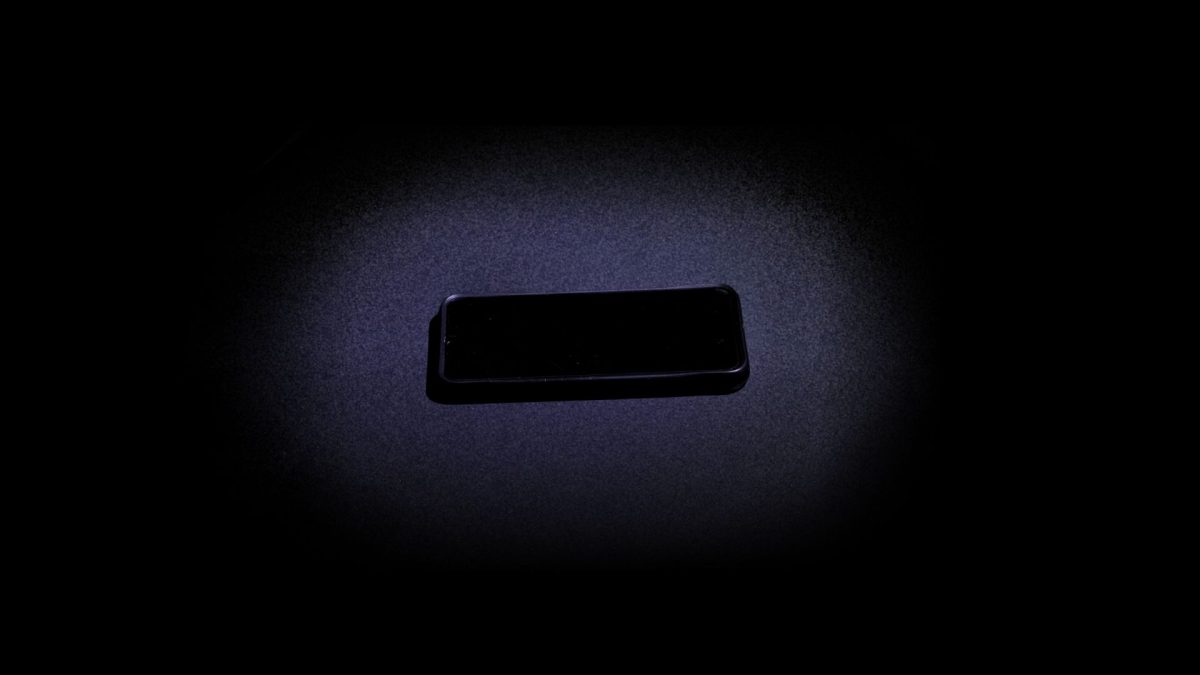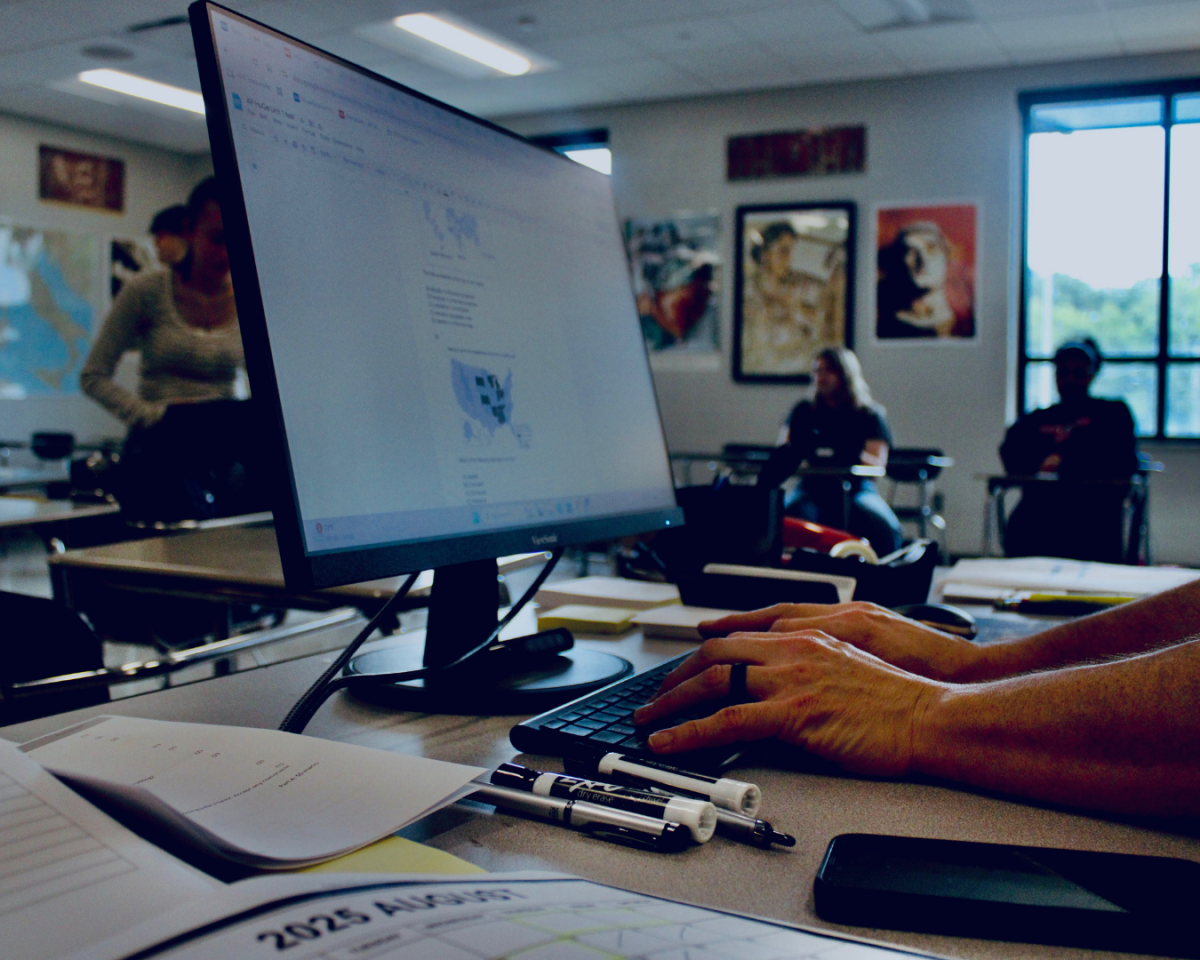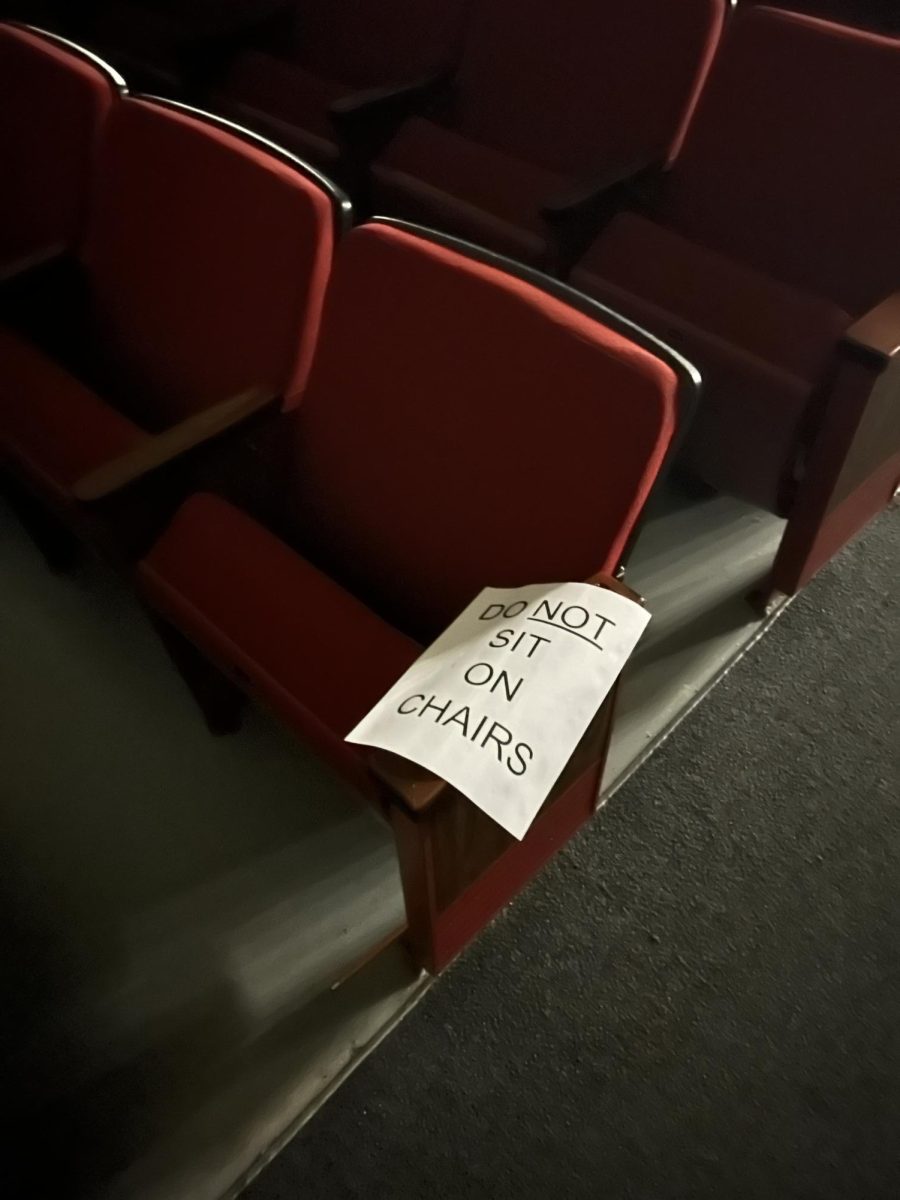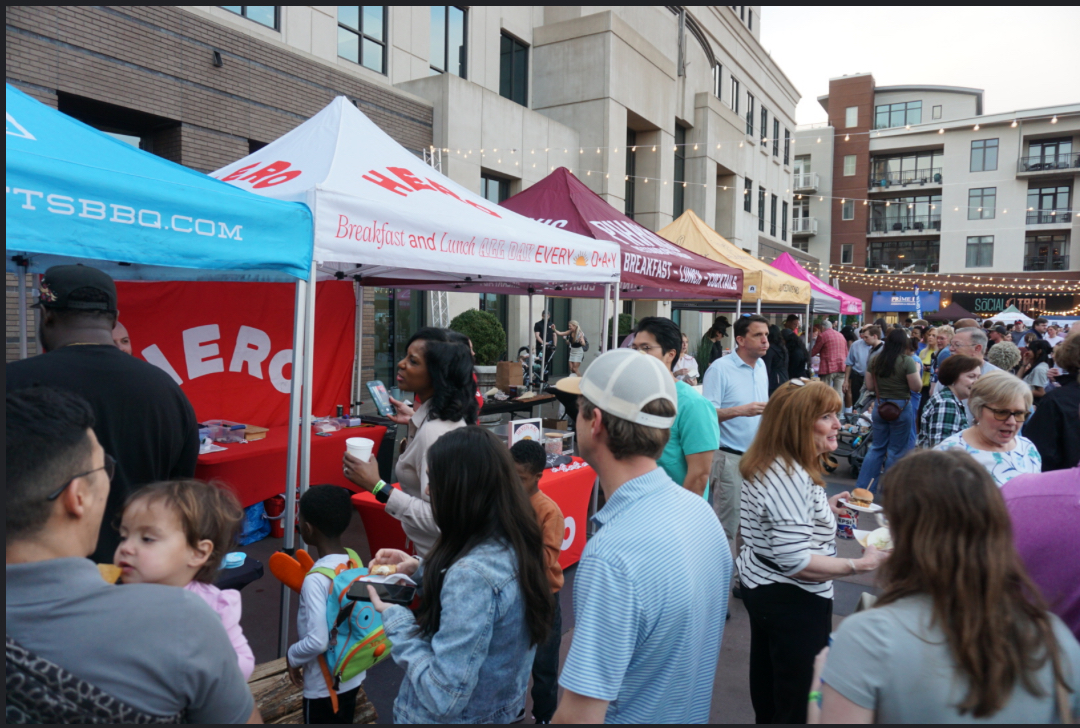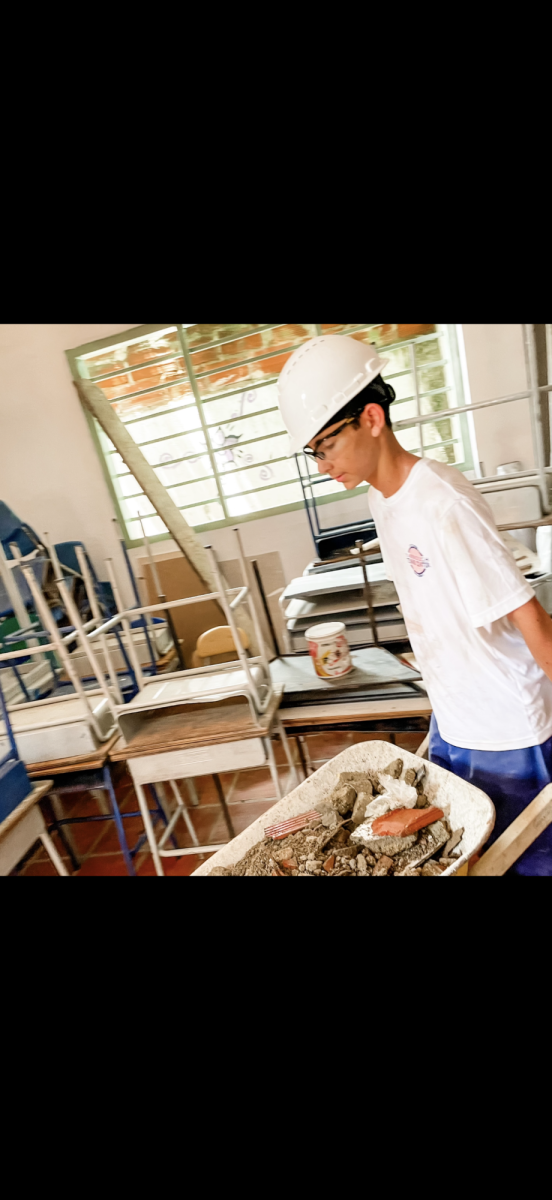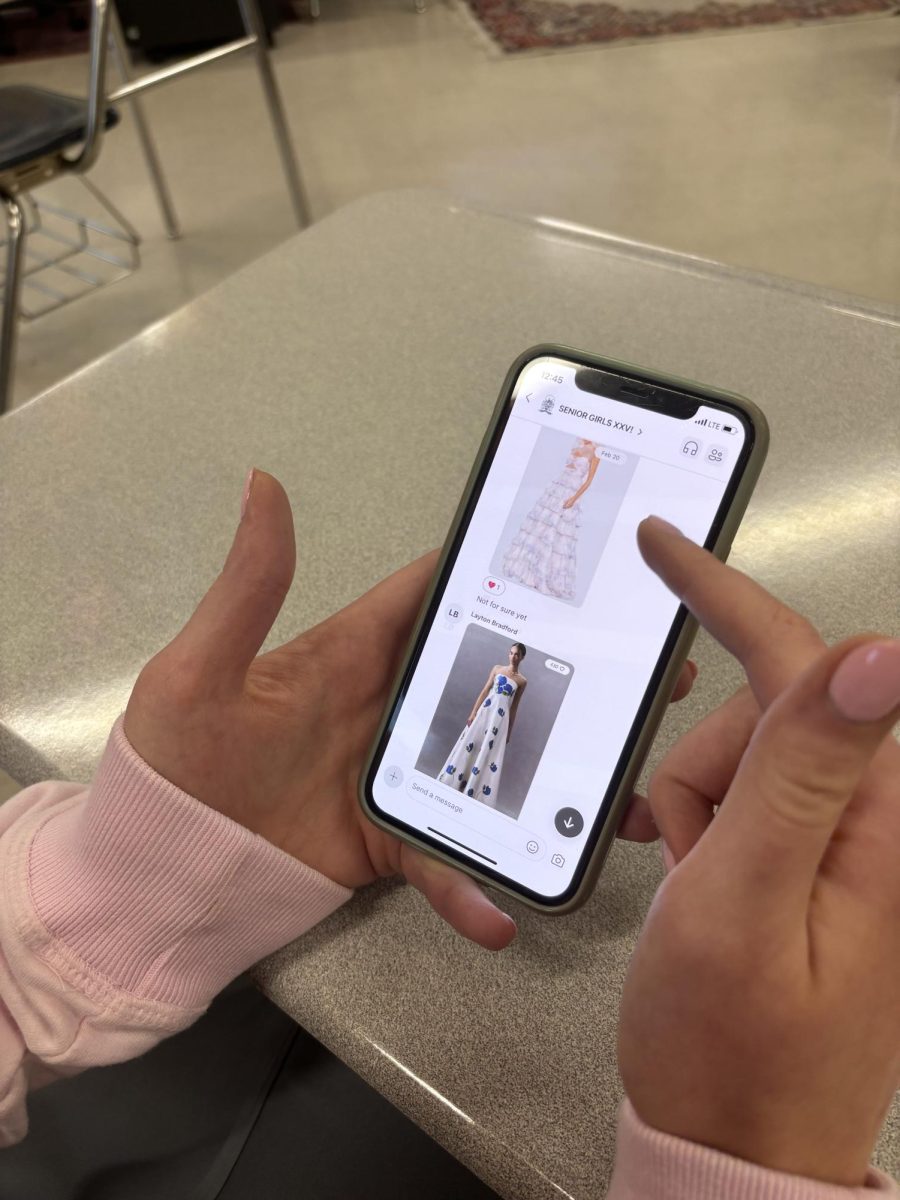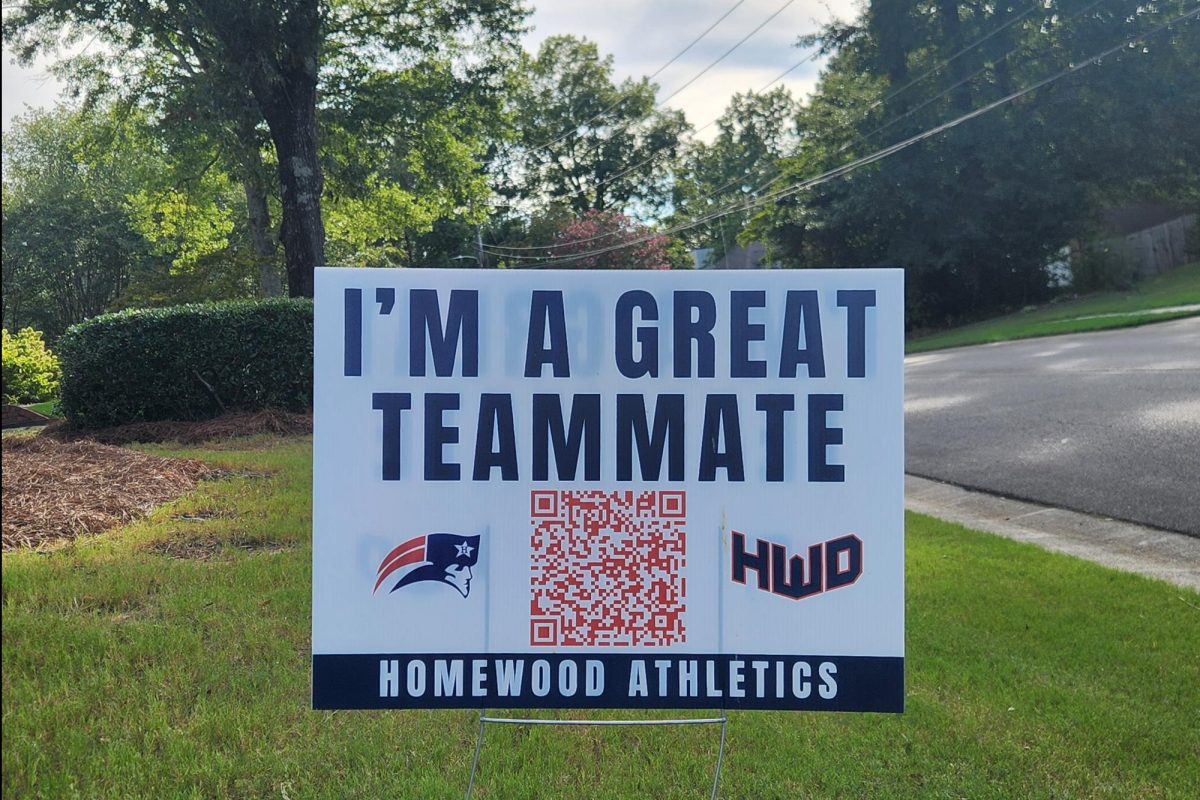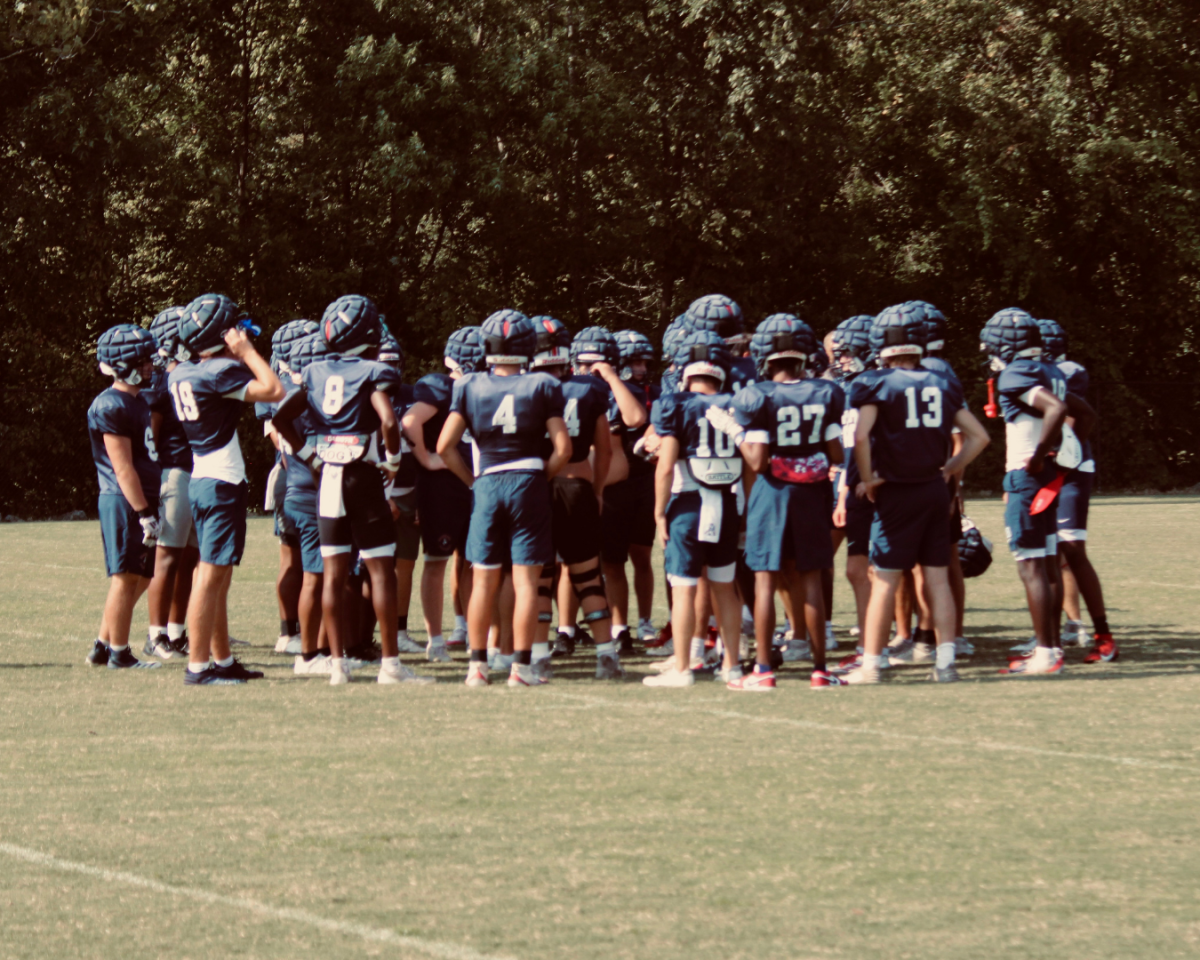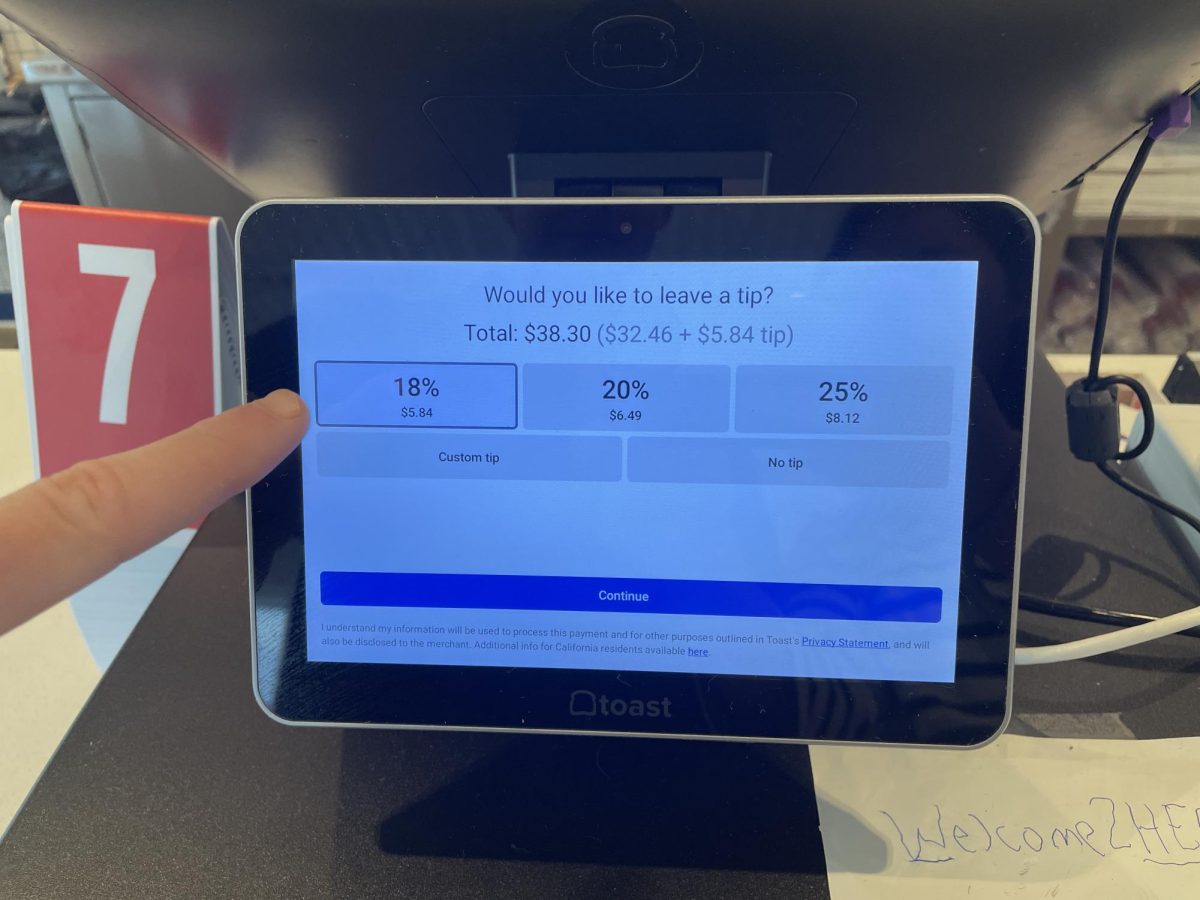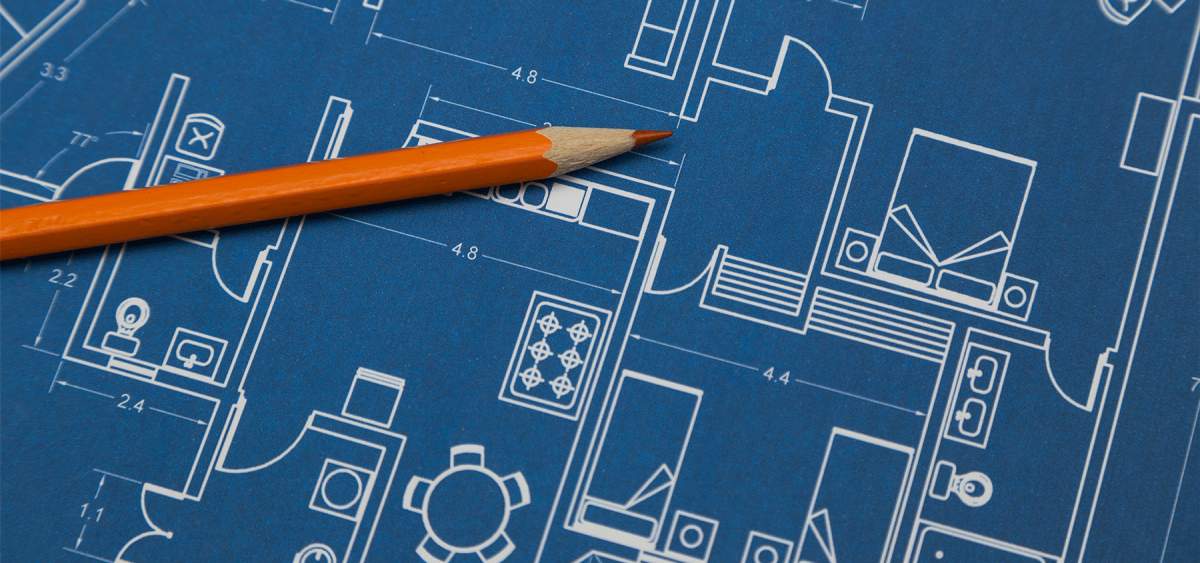As technology has transformed the restaurant industry, adding fees and extra tip options has never been easier. From food delivery services with $10 delivery charges to 30% tipping options at quick service restaurants, things have gotten out of control.
Inflation has impacted the world’s economy and the restaurant industry is no exception. According to data from the National Restaurant Association the all-food Consumer Price Index has risen by 25% from 2019-2024, meaning that prices have essentially skyrocketed.
Supply costs have never been higher, and small businesses have to find ways to maintain employee’s pay and still bring in profit. As a solution, automatic gratuities and IPad payments are commonly used to bring in the bottom line.
HHS junior Josie West works at Hero Doughnuts and Buns in Homewood running the counter and taking orders. Hero is a counter service restaurant, and utilizes digital payment and tipping during the checkout process. West believes the way her restaurant divvies up the digital tips and money from the physical tip jar is fair.
“It’s a pretty good deal even though the tips are pooled,” West said. “I get $10 flat and at the end of the day with tips it’s more like $16 or $17 an hour which is really good.”
While digital tipping helps employees to earn a living wage, it consequently puts a strain on customer’s wallets.
Historically, tipping was an important factor in table waiter’s paychecks, as they would make an hourly rate lower than minimum wage and the rest was decided by the quality of their service and attention to the tables they waited on. However, the justification of tipping becomes hazed when an employee simply taps a few buttons on a screen and complying with the set tip options feels obligatory to customers.
HHS chemistry teacher Jenny Firth feels the pressure of current tipping culture. She believes that tipping has at times shifted from a subjective necessity to an unnecessary addition.
“I feel like I’m more inclined to tip 20% to 25% if it’s a sit down table service where the waitress is having to run back and forth refilling my drink or whatever,” Firth said. “But if you’re just pouring my coffee or handing me my donut I’m more like a 10% to 15% person because it’s just what’s on the screen and it feels expected, and I’m saying this as a mom of someone who’s a cashier at a coffee shop.”
Firth also recognizes the influence that technology has had on this shift.
“When they flip around or hand you the Ipad, you just feel obligated to push the button which usually defaults to higher options,” Firth said. “I feel like people don’t feel the same pressure to tip as high when it’s on a little piece of paper where you have time to think about it at your table and the server isn’t standing there staring at you.”
Junior student Ruby Skelton feels her bank account has taken a hit from both inflation and tipping at restaurants.
“I feel like everything is more expensive and everywhere has really high tip options these days.” Skelton said, “Every time I go out to eat it’s just annoying because I’m broke and then tipping is expected on top of that.”
This tipping culture appears to be cemented in a new normality that technology and inflation have formed. Everything seems to be more expensive these days, and heightened tipping is how the service industry is trying to keep up.


